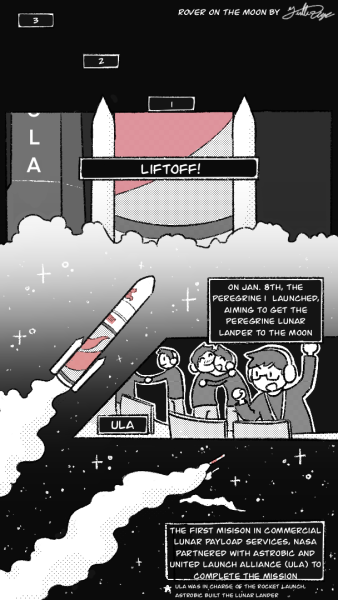State-of-the-Art SAT
December 4, 2015
The new SAT will be distributed to high school juniors and seniors throughout the nation on March 4, 2016.
The essay is optional, and students now have 50 minutes to take it, where as they only had a mere 25 minutes for the previous test. The test is now being scored on a 400–1600 score scale. The test itself will take a total of three hours and 50 minutes with the essay or three hours without it.
The majority of juniors, such as Alicia Garcia and Mariah Guerrero, are planning to take the old SAT, as well as the new one.
“Yes, I am taking the old SAT,” Garcia stated, “because I feel that it will prepare me for the new one.”
One of Garcia’s peers is approaching the dilemma in a similar fashion.
“Yes, I am,” Guerrero said. “I feel the new SAT is a bit more challenging because of the critical thinking.”
On the other hand, a few juniors have decided not to take the modern SAT, and instead assiduously study for the previous version.
“My plan is to take the old SAT,” Bayardo said, “because there is plenty of study materials whereas I don’t know what to expect from the new one.”
Students will not be penalized for guessing, and there will be no meretricious vocabulary.
It is highly recommended that juniors take the old SAT, as well as the new one due to the fact that colleges have become accustomed to the old SAT, thus labeling and grouping the new college freshman will be complicated.
“One of our biggest goals in changing the SAT is to make sure it’s highly relevant to your future success. The new test will be more focused on the skills and knowledge at the heart of education” (CollegeBoard website).
While it is a welcome change by some students, others lack confidence in their ability to adapt to the new SAT; however, the distribution of pilot tests will benefit them, as well as support from teachers and parents who long for students to flourish during their endeavor for prosperity.




